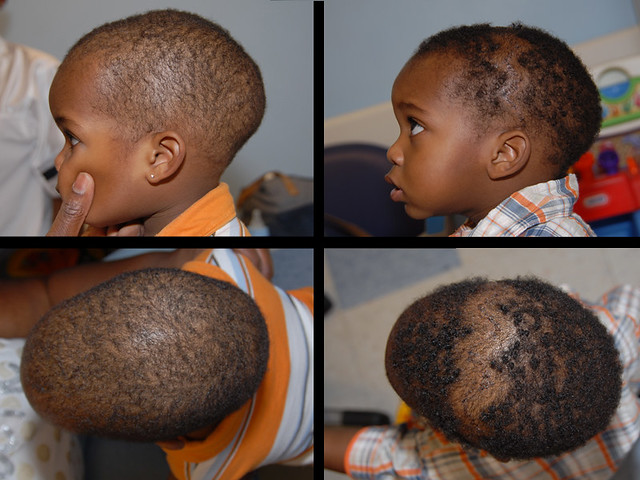
Levoscoliosis is the medical term for an extremely rare type of congenital abnormality in which an unborn child is born with a cauliflower-like protrusion of tissue, or cauliflower-like projections on its head. Although most babies with this condition show no outward signs, they may have severe brain abnormalities and be completely deaf. It is estimated that only two out of every 1.3 million cases of fetal congenital abnormalities are affected by the cauliflower-shaped cauliflower ear, which makes it highly unlikely that anyone will have it if they did not have it. This article focuses on more common cauliflower-shaped ear deformities that affect infants.
The usual symptoms of an infant with this condition include an abnormal growth or protrusion of tissue on the outer surface of the normal ear. Some infants will also have an extra flap of skin attached to the ear drum or may even develop some soft tissue that resembles hair.
Other causes of projection defects similar to cauliflower, such as cleft lip, cleft palate, and other birth defects. If the fetus's head is developing abnormally, a cauliflower-shaped ear may be a sign of swelling. In many cases, it can also be the result of an ear infection. When a tumor is found during prenatal testing, it may not be possible to remove all of the growth due to the baby's unusual body shape.
Babies with cauliflower ears often have no symptoms; however, they can sometimes experience hearing and vision difficulties. Parents may notice that their child appears to squint when looking at objects in the distance, or find it difficult to keep the eyes focused when he gets closer. They may also feel uncomfortable, especially when trying to move the baby's head or ears. Their eyes can also become watery and irritable.
A physical examination can determine the cause of the deformity and whether it could be caused by an infection or tumor. If your child has a cauliflower-like ear, it may need antibiotic treatment or surgery. If a child is diagnosed with leptospirosis, the infection will need to be treated to prevent further damage to the child's inner ear. If your child is infected with leptospirosis, the deformity could be caused by a blood vessel infection. which drain the ear.

In the case of leptospirosis, the infection is often caused by a normal growth called Leptospira gordonii, the same bacteria that causes yeast in the ears. If the infection is treated in time, it can cause scarring and possible death. In most cases, the treatment has no long-term side effects. Leptospirosis infections can cause other deformities that may be visible.
Deformities caused by an infection or a tumor may not have any symptoms and will usually not be apparent until they are much larger and noticeable. It may become obvious to the infant as early as birth
To avoid further problems, be sure to ask your doctor about possible causes of the infant's head movement. He or she may want to take the head to a specialist for examination and testicular biopsy. If you suspect that your baby has leptospirosis, this is one of the most important times to discuss the possibility of surgery for cauliflower-shaped ear deformities.
If you have a definite diagnosis, you will be able to choose between two kinds of treatment for this condition. Your pediatrician can help you decide which treatment will be best for your baby. The treatment that will work best for your baby depends on how severe the deformity is and whether it needs more treatment.
If the deformity is minor, a steroid-based cream may be used to help reduce inflammation and heal the infection in your baby's ears. This is often prescribed as an injection. If your child experiences scarring, corticosteroids may be used for the pain and swelling.
Surgery, on the other hand, is usually considered the only or most effective permanent solution. If the deformity is larger, the doctor may decide to perform surgery for cauliflower-shaped ears. In this procedure, the surgeon removes the cauliflower-like ear from your baby's head and replaces it with a more symmetrical shape.
About the author